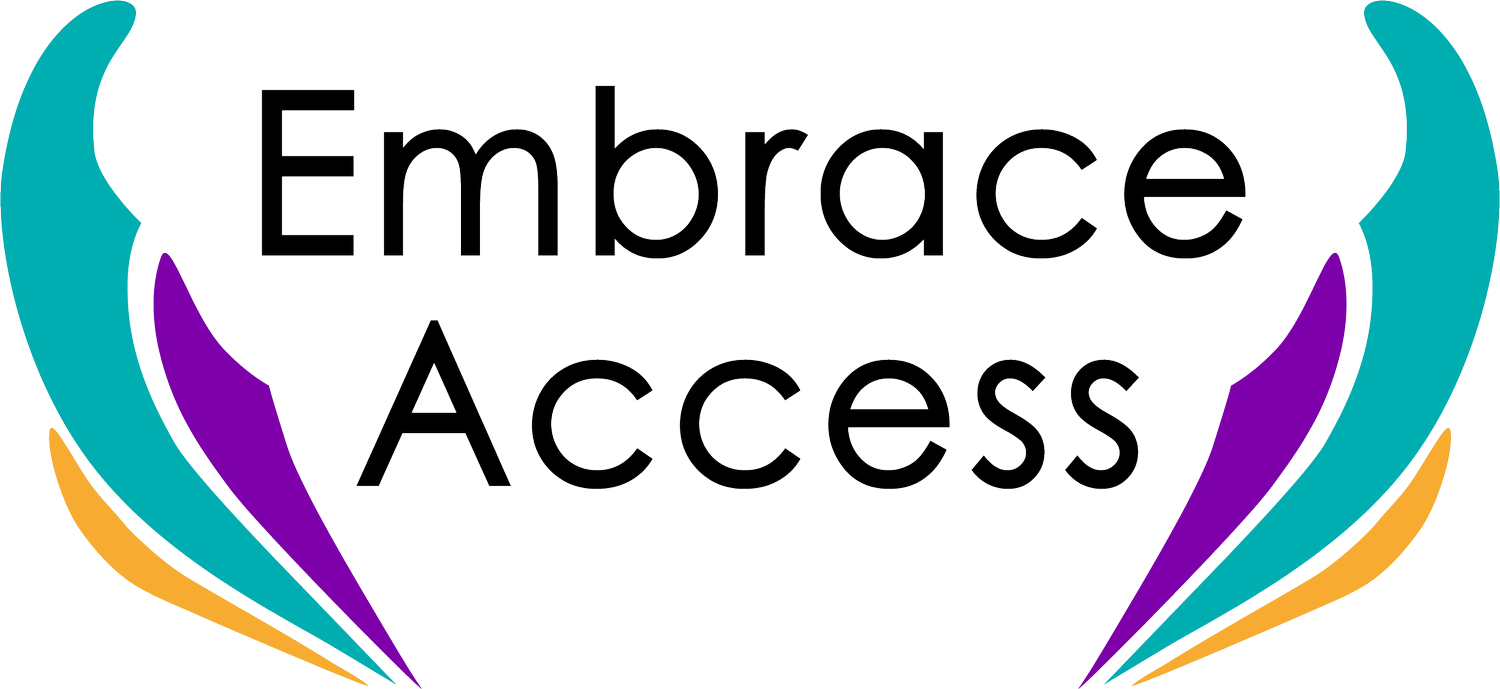So What is Digital Accessibility?
Technology connects us all — checking email, signing up for programs, watching videos, or interacting on social media. But for many people with disabilities, digital spaces can have barriers that make these everyday activities frustrating or even impossible.
Digital accessibility is about designing online spaces — websites, apps, documents, social media, and other tools — so that everyone can participate fully, based on their needs and experiences.
Why accessibility matters for everyone
It respects people’s experiences. People with disabilities are experts in their own needs. Accessibility means listening to those experiences and acting on them.
It promotes equity. Accessible digital spaces give everyone equal opportunity to access information, services, and opportunities.
It’s required by law. In Colorado and across the U.S., organizations have legal responsibilities to make digital content accessible.
It benefits everyone. Practices that improve accessibility—like clear language, captions, and readable layouts—often make content easier for all users.
Accessibility is Cultural
Building accessible digital spaces takes commitment from everyone in an organization. It’s not just a technical task, it’s about culture and practice:
Shift culture. Make accessibility a shared value, not an afterthought.
Change daily practices. Consider accessibility in design, content creation, and communications.
Invest in training. Ensure staff have the tools and knowledge to implement accessibility consistently.
Engage with lived experience. Collaborate with people with disabilities to understand what works and what doesn’t.
When accessibility is part of your values, not just compliance, it becomes part of how your organization operates every day.
Simple steps to start now
Even small changes can make a difference immediately:
Use headings correctly. Structure documents and webpages with proper headings (H1, H2, H3) so content is easy to navigate.
Add meaningful alt text to images. Describe the purpose of an image, not just what it looks like. Mark purely decorative images appropriately.
Check color contrast. Ensure text is readable against its background for people with vision differences.
Write clear link text. Use descriptive text instead of “click here,” so it makes sense out of context.
Caption your videos. Captions help people who are Deaf or hard of hearing—and make content easier to follow for everyone.
Why it matters
Digital accessibility is about inclusion, dignity, and respect. When organizations commit to accessible digital spaces, everyone benefits: people with disabilities, staff, clients, and the broader community.
Starting with small, intentional steps and listening to people with lived experience, will lay the foundation for a digital environment that works for everyone.
